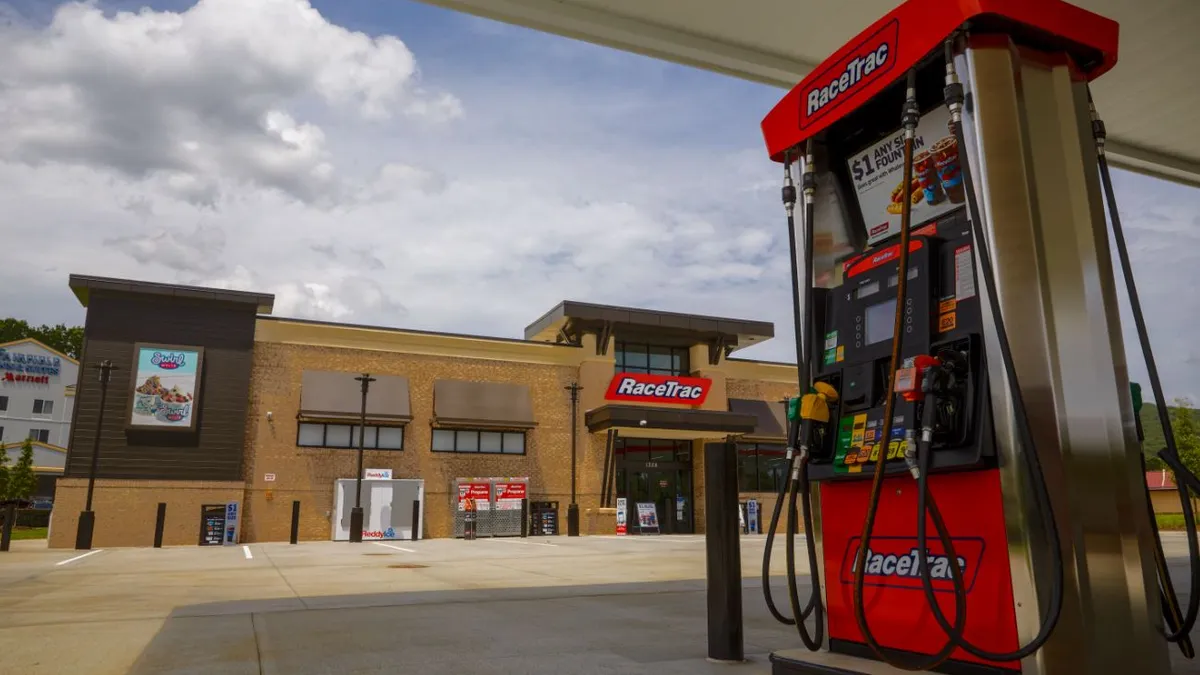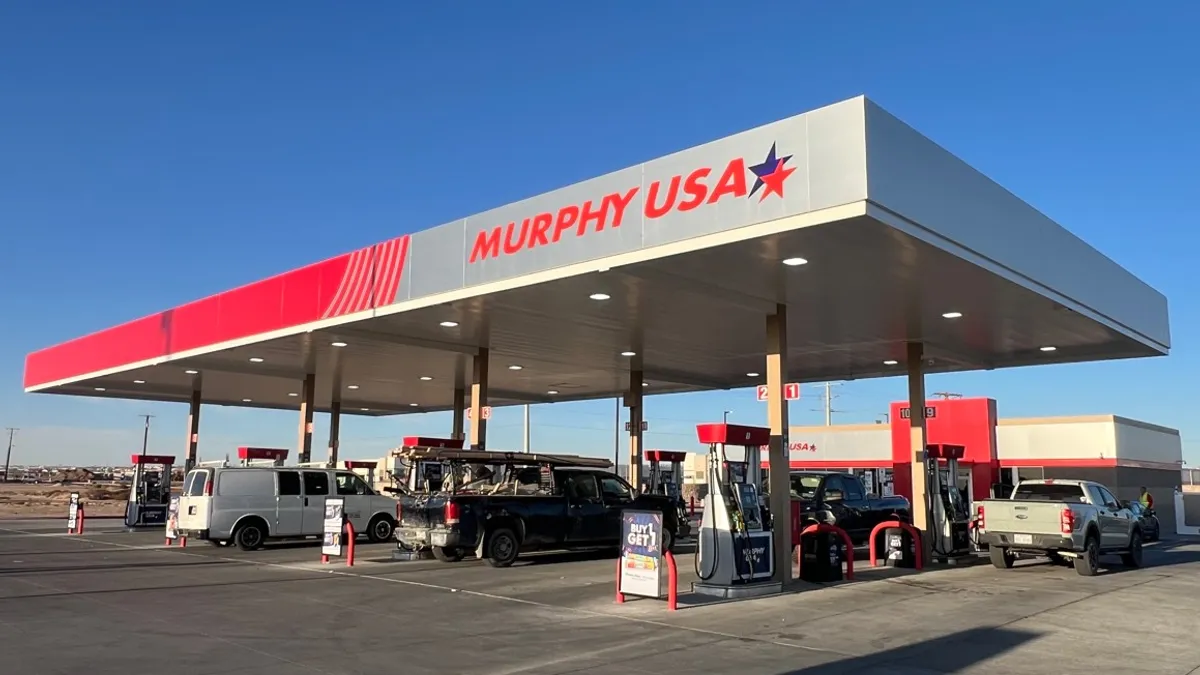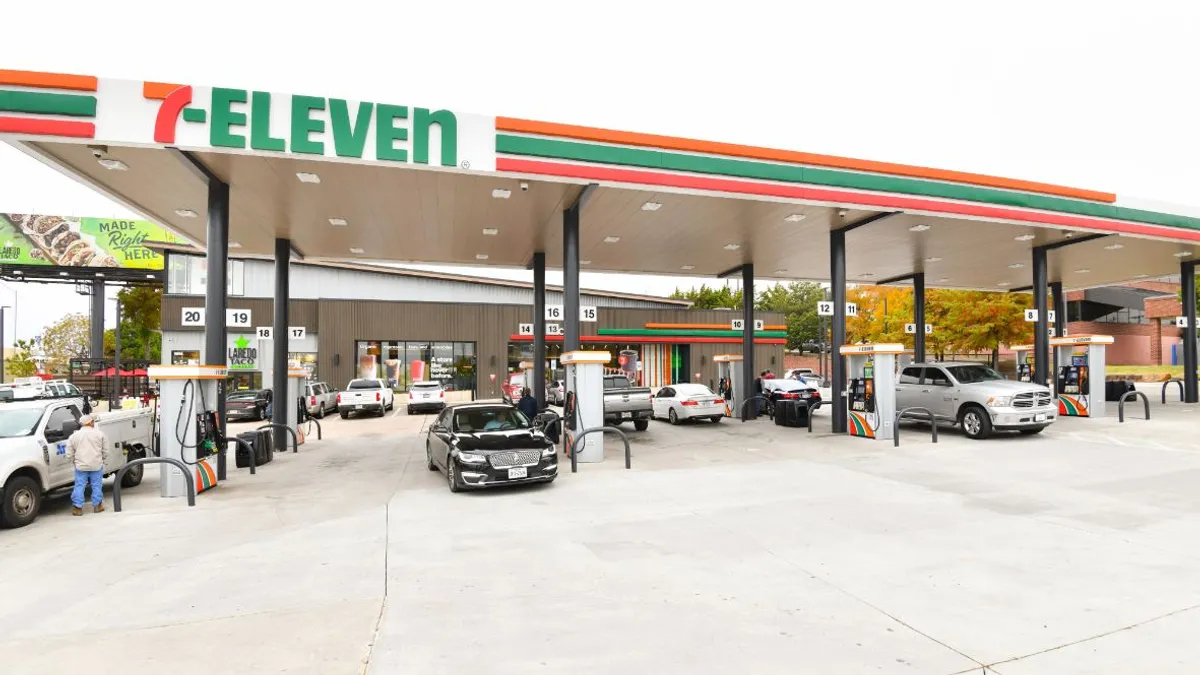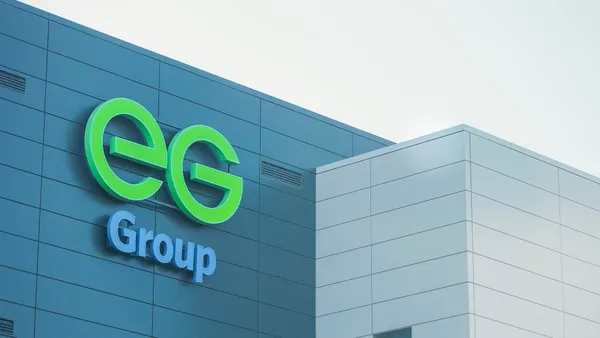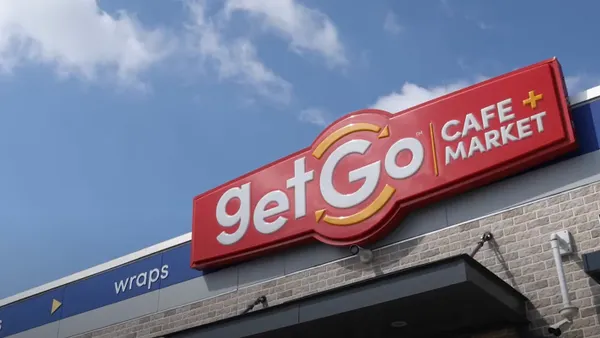3 Big Numbers is a weekly column that looks at a few key details from around the c-store industry.
C-stores haven’t always been on the cutting edge of technology, and that was OK when they were mainly a place to fill the tank and grab a Coke or snack for the road. But as customer expectations shift, many convenience retailers are turning to tech to meet those expectations. They’re updating and automating everything from fuel to supply chains and training.
In today’s “3 Big Numbers,” we look at how RaceTrac used tech to improve customers’ fueling experiences, TXB’s updates to support expansion plans and Jacksons Food Stores’ EV charging opportunity.
0.3%
The percent of RaceTrac’s fuel pumps that are down at any given time, on average, since the company implemented remote monitoring.
RaceTrac has upgraded its tech stack in multiple ways over the past few years. During a panel at the National Retail Federation show in New York City earlier this year, Tyler Grubbs, executive director of digital and store technology at RaceTrac, highlighted its gains in the forecourt.
When RaceTrac implemented remote monitoring technology into its fuel pumps, it got a rude awakening about the state of that network.
“We thought two and a half to three and a half percent of our pumps were down at any point in time,” said Grubb. “Turns out it was more like six and a half [or] seven.”
But the added visibility helped the company get to work on fixing the problem. The technology automatically generated some work orders and made it easier to fix certain problems remotely, helping RaceTrac save its workers’ time and also reducing the number of pumps out of service to about 0.3%.
89%
TXB’s planned store count growth rate.
TXB is an entertaining company to keep tabs on. It regularly announces innovative new food, new stores and new private label items.
Still, last week’s announcement that it would partner with Mako Networks to give it a more reliable, scalable and secure network infrastructure caught our attention because of the reason for upgrading those networks.
TXB noted in the release — for the first time publicly, as far as we can tell — that it hopes to nearly double its current size from 53 locations to 100 in Texas and Oklahoma.
While there’s no timeline for that growth, TXB is clearly looking to grow from a solid foundation by evaluating its tech stack and updating it where needed.
189
The number of direct-current fast charging ports in Idaho currently.
Jacksons Food Stores forged an agreement with OnPoint EV Solutions to build electric vehicle chargers at nine of its stores across three states — California, Idaho and Washington — that offer very different situations for EV drivers.
California is leading the charge in adoption and infrastructure. The state has more than 1.2 million registered EVs and 17,000 EV charging stations according to the Alternative Fuels Data Center. California also has the highest adoption of EVs in the U.S., with about 3,000 EVs per 100,000 people.
On the other hand, Idaho is less of a haven for EVs, with just over 400 EVs per 100,000 people. It also has just a little over 200 EV charging stations and just 189 fast charging ports. This means there are far fewer charging stations per EV driver in the state than there are in California, indicating Jacksons could be filling a real need.



